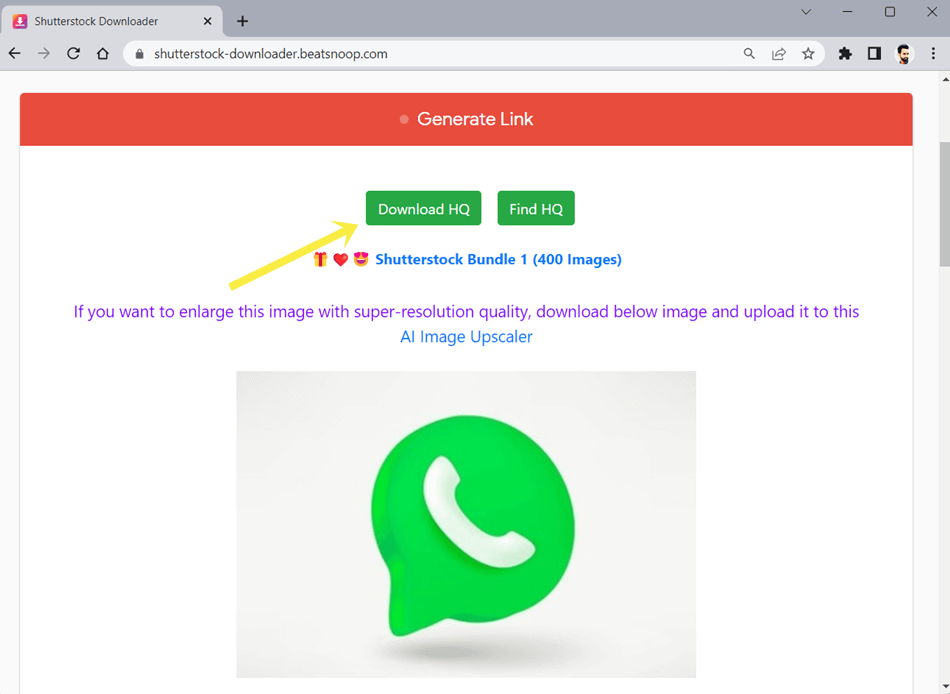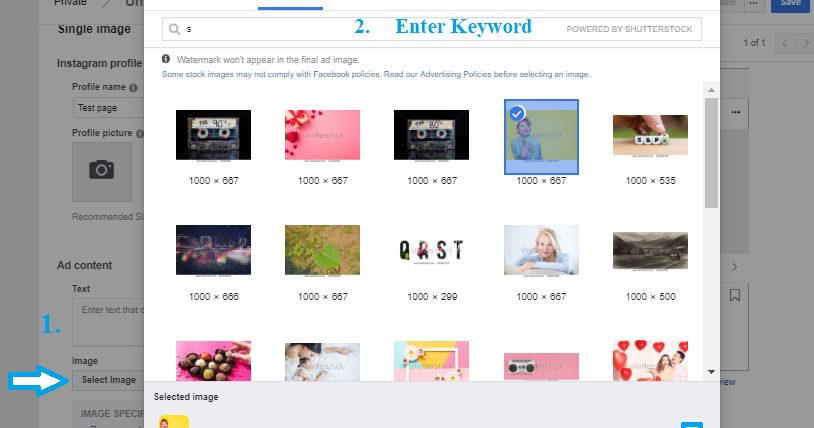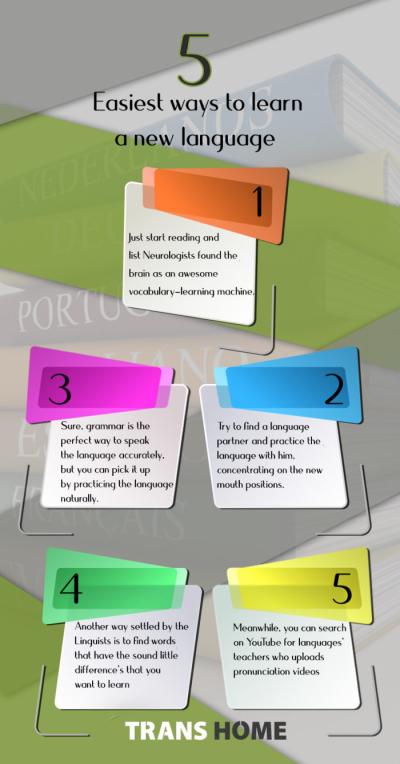If you’re into creating content—whether it’s for your blog, social media, or a personal project—you’ve probably come across Shutterstock. It’s one of the biggest platforms out there, offering millions of high-quality images, videos, and music tracks. But here’s the catch: most of these images are protected by copyright and require a license to use legally. Licensing ensures that the creators get paid for their work and that you’re respecting intellectual property rights. When you pay for a Shutterstock subscription or image license, you’re gaining legal access to use those images in your projects without worries. So, understanding how licensing works is key to using images responsibly and avoiding any legal hiccups down the road.
Understanding the Risks of Downloading Images Illegally

Now, let’s talk about what happens if you decide to skip the proper licensing process and download images from Shutterstock or similar sites without paying. First off, it’s illegal. Copyright laws are in place to protect creators, and violating them can lead to serious consequences. These include:
- Legal Action: The copyright owners can sue you for copyright infringement, leading to hefty fines or even court-ordered damages.
- Financial Penalties: If caught, you might be required to pay the full licensing fee retroactively, plus additional fines.
- Reputational Damage: Getting caught using images illegally can damage your reputation, especially if you’re a business or influencer.
- Content Removal: Your content may be taken down, and you could be banned from using the platform again.
Beyond legal risks, there’s also the ethical aspect. Creators invest time and effort into producing quality work, and using their images without proper licensing is essentially stealing. This can discourage artists from sharing their work openly, which isn’t fair to them. Plus, if you’re caught using stolen images, it could hurt your credibility with your audience or clients. So, while it might seem tempting to find quick shortcuts, the potential fallout makes illegal downloading a risky game. The better approach? Explore legal avenues, like free image resources or affordable licensing options, to keep your projects legit and respectful to creators.
3. Legal Alternatives for Accessing Shutterstock Images for Free

If you’re looking to use Shutterstock images without paying, it’s super important to stay on the right side of the law. While it might seem tempting to find sneaky ways around paying, there are actually several legal options that let you access high-quality images for free. Let’s explore some of these options so you can get the visuals you need without any worries.
1. Shutterstock’s Free Trial
Shutterstock often offers a free trial where you can download a limited number of images at no cost. This is a fantastic way to get access to their premium library temporarily. Just make sure to cancel before the trial ends if you don’t want to be charged. Keep in mind, these images are still protected by copyright, so they’re meant for personal or limited commercial use during the trial period.
2. Shutterstock Free Image Collections
Sometimes, Shutterstock releases free image collections or monthly freebies that you can download legally. These are curated images that Shutterstock makes available to everyone, often for promotional purposes. Check their website regularly or subscribe to their newsletter to stay updated on these freebies.
3. Creative Commons and Public Domain Images
Another solid option is to look for images under Creative Commons licenses or that are in the public domain. Websites like Flickr Creative Commons or Public Domain Pictures offer photos that are free to use, sometimes even for commercial purposes. Just be sure to check the specific license for each image—some may require attribution or have restrictions.
4. Stock Photo Platforms with Free Options
- Unsplash: Offers a vast library of free, high-resolution images that you can use without attribution in most cases.
- Pexels: Provides free stock photos and videos with a simple license that allows for personal and commercial use.
- Pixabay: Features thousands of free images, videos, and music clips. All content is released under Creative Commons CC0, meaning you can use it freely without attribution.
Using these platforms ensures you’re accessing images legally and ethically, giving you peace of mind while still getting great visuals for your projects.
4. Tips for Finding Free and High-Quality Images Online

Looking for free images that look professional and fit your needs can sometimes feel like searching for a needle in a haystack. But with a few smart strategies, you can find stunning, high-quality visuals without spending a dime. Here are some tips to help you become a pro at hunting down the best free images online.
1. Use Specific Search Terms
Start with clear, descriptive keywords related to the image you want. For example, instead of searching for “flower,” try “close-up of a sunflower in summer” or “white daffodil in bloom.” The more specific your search, the better your chances of finding exactly what you need. Many free image sites also have filters for orientation, color, and size—use these to narrow down your options.
2. Focus on Reputable Free Image Sites
Stick to well-known sources like Unsplash, Pexels, and Pixabay. These sites curate high-quality images and ensure their licensing allows for free use. They also regularly update their collections, so you’ll always find fresh visuals.
3. Check the License and Usage Rights
Even on free image sites, it’s crucial to verify the licensing. Look for images labeled for commercial use if you plan to use them for business projects. Some images may require attribution or have restrictions on modifications. Always read the licensing details to avoid legal issues down the road.
4. Use Advanced Search Features
Many sites offer advanced search options—like filtering by image orientation, color scheme, or size—that help you find the perfect picture faster. Take a few minutes to explore these features; they can save you a lot of time and frustration.
5. Edit and Customize Images
Once you find a high-quality image, consider customizing it to better fit your project. Simple edits like cropping, adjusting brightness, or adding text can make the image look more personalized and professional. Free editing tools like Canva or Pixlr make this process easy and accessible.
By following these tips, you’ll become more efficient at locating beautiful, free images that elevate your content and resonate with your audience. Happy hunting!
Conclusion and Best Practices for Using Stock Images Responsibly
Utilizing stock images can significantly enhance your content, but it’s essential to do so responsibly to respect creators’ rights and maintain your credibility. While there are ways to access images without direct payment, always prioritize ethical practices to avoid legal complications. Remember, using images without proper licensing can lead to copyright infringement, which may result in legal action or damage to your reputation.
Here are some best practices to follow:
- Use Free and Licensed Images: Opt for images from reputable sources offering free or Creative Commons-licensed images, such as Unsplash, Pexels, or Pixabay.
- Always Read Licensing Terms: Even free images often have specific usage restrictions. Verify whether attribution is required and adhere to these conditions.
- Avoid Unauthorized Downloads: Do not attempt to bypass licensing restrictions through illegal downloading or using third-party tools.
- Provide Proper Attribution: When required, give appropriate credit to the image creator to respect their work and comply with licensing terms.
- Use Images to Enhance Content: Select images that align with your message and audience, ensuring they add value and professionalism to your project.
| Best Practice | Why It Matters |
|---|---|
| Use licensed images | Prevents legal issues and respects artists’ rights |
| Check licensing terms | Ensures proper usage and attribution |
| Avoid illegal downloads | Protects your reputation and avoids penalties |
In conclusion, responsible use of stock images not only safeguards you legally but also supports the creative community. By following ethical practices, you can enhance your content effectively while respecting the rights of image creators.


